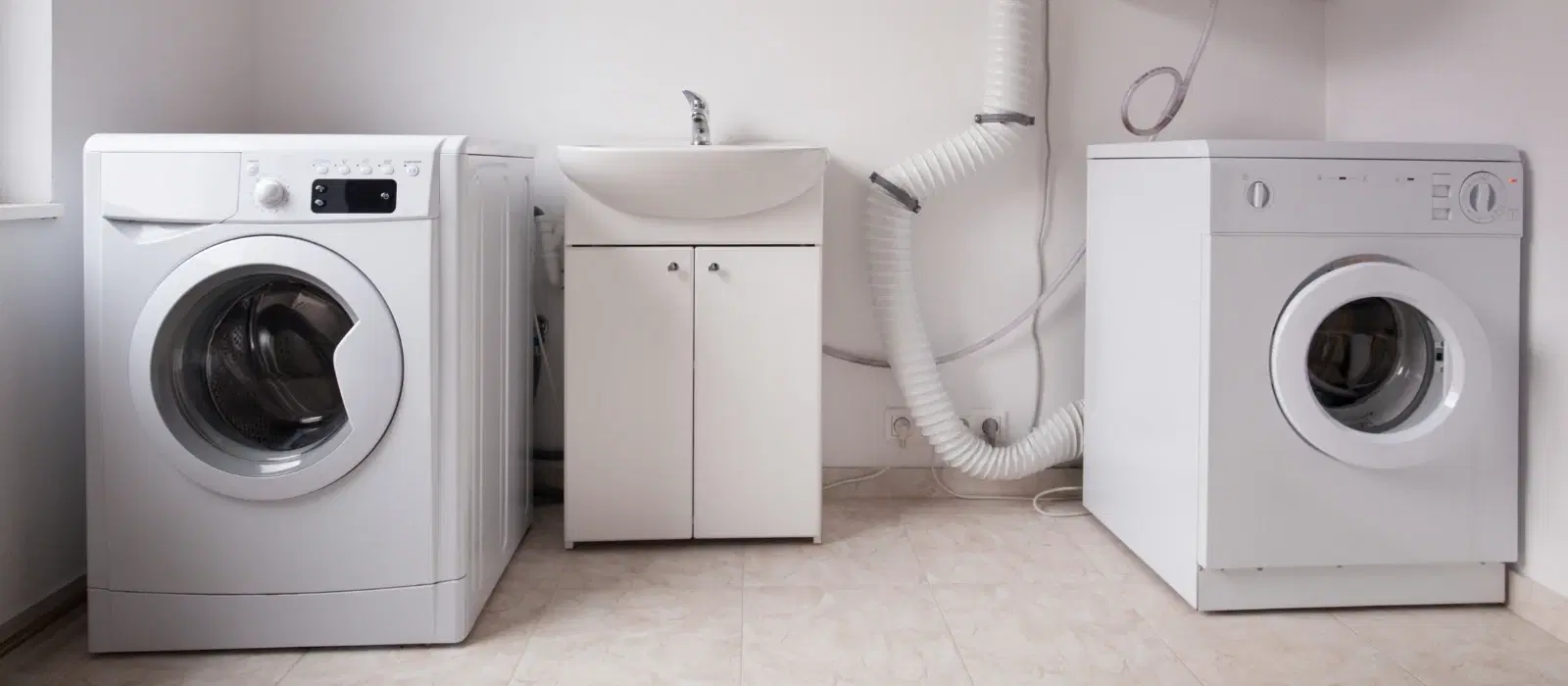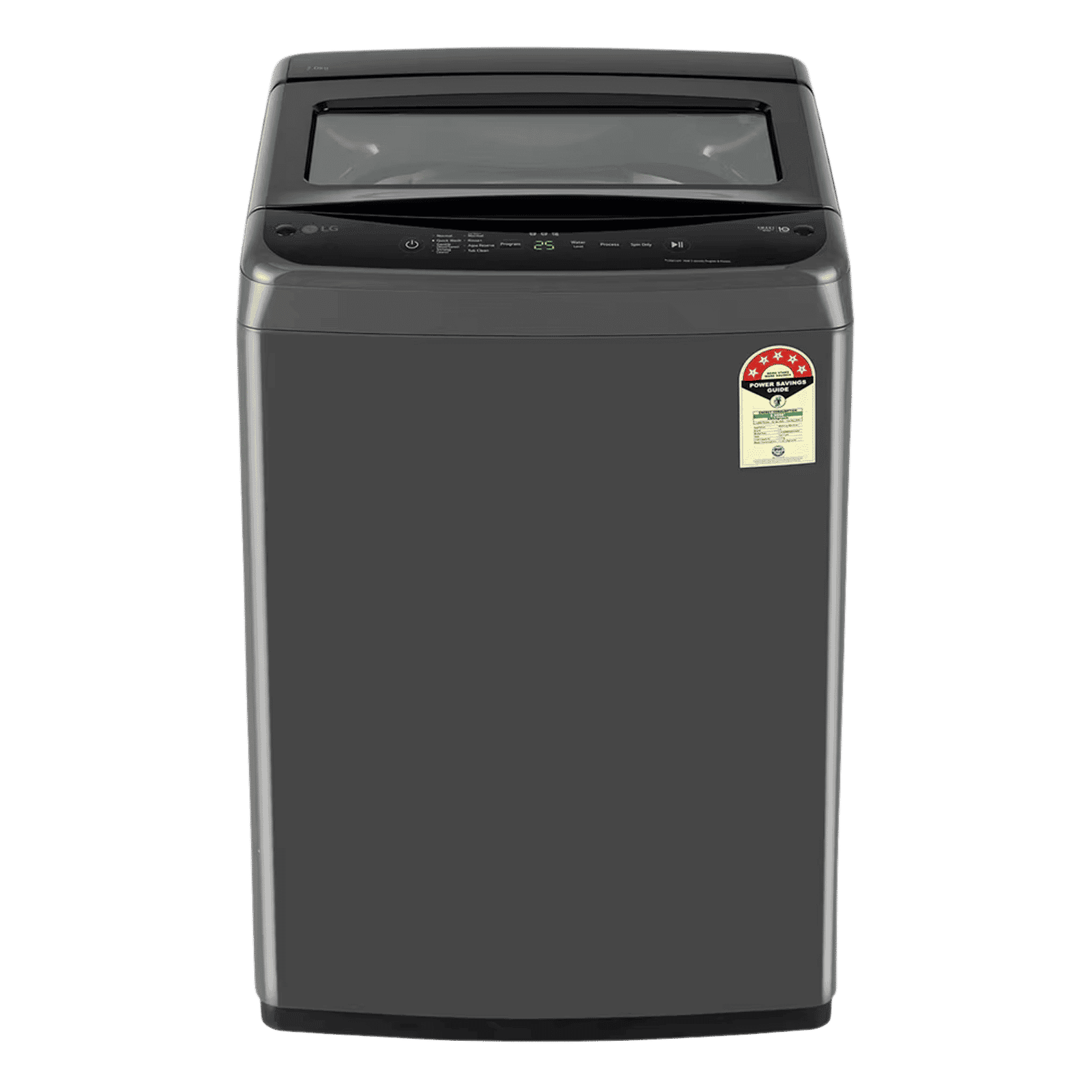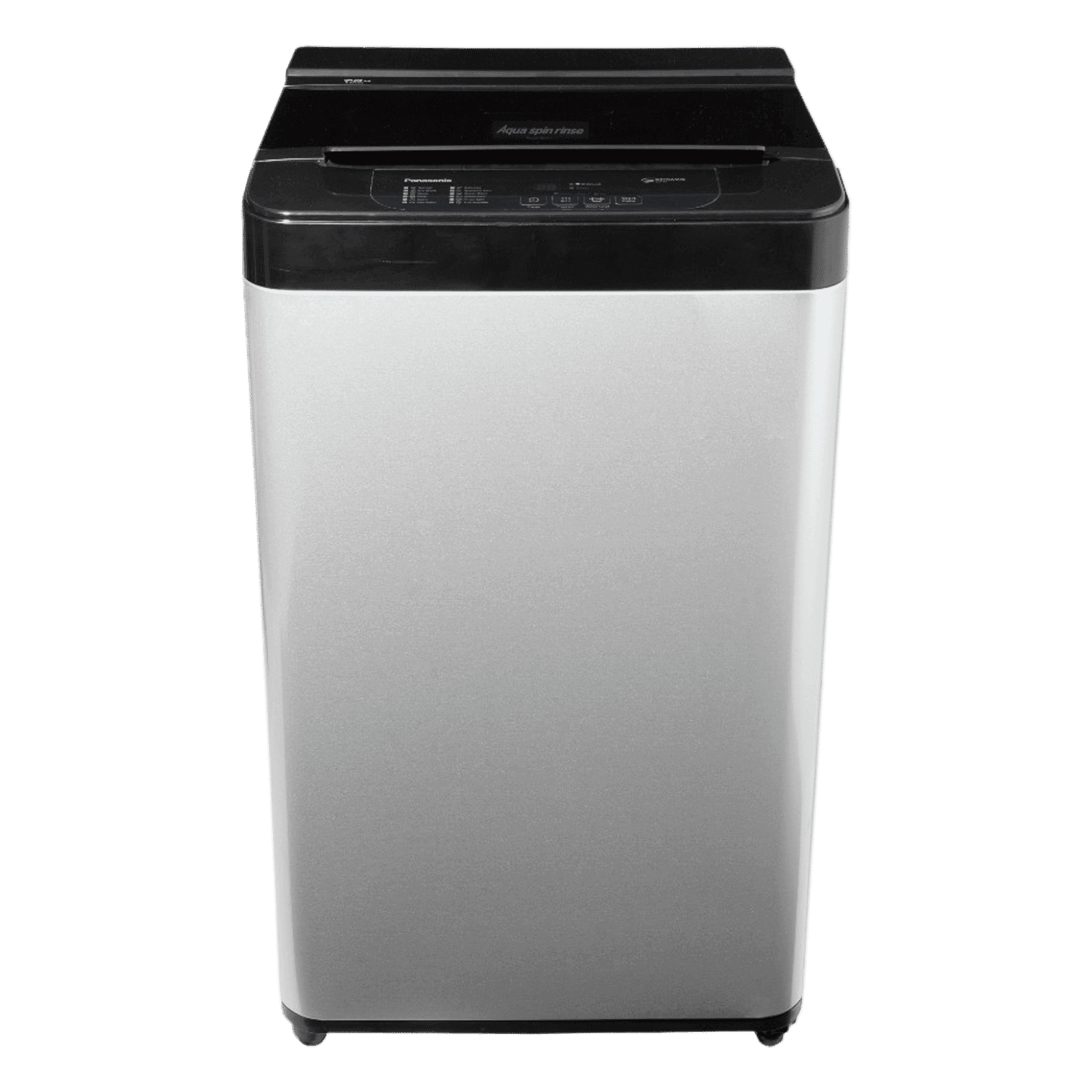
Home Appliances
•04 min read

Buy LG 7 kg 5 Star Inverter Fully Automatic Top Load Washing Machine (T70VBMB4ZD.ABMQEIL, Smart Diagnosis, Middle Black) online at best prices from Croma. Check product details, reviews & more. Shop now!
Did you know your washing machine could be silently driving up your electricity bill? With a few simple adjustments, you can save energy, reduce costs, and help the environment—all without compromising on the quality of your laundry. This blog guides you through a comprehensive checklist that helps optimise your appliance energy consumption, offering practical tips and advice on reducing washing machine power consumption while maintaining its efficiency.
Modern households are increasingly adopting energy-efficient washing machines, yet many users are unaware of the considerable variation in washing machine electricity usage. The amount of electricity used per cycle and per hour depends on a number of factors, including load size, cycle type, and water temperature. For instance, different models, whether an 8 kg or 10 kg, have varied power requirements, and these differences can significantly influence your overall power consumption.
Typically, a washing machine consumes power measured in watts, and usage is calculated in kilowatt-hours (kWh). The wattage can vary—energy-efficient models have lower consumption rates compared to older machines. Understanding how to read washing machine wattage guides and energy ratings can help you achieve optimal washing machine energy efficiency. Whether you are curious about how much electricity does a washing machine use for a single cycle or more extended operation times, this knowledge is the first step toward reducing washing machine power usage.
Key terms such as watts, kilowatt-hours, and efficiency ratings are essential when discussing home appliance energy consumption. Energy-efficient washing machines are equipped with technology that minimises energy wastage while still providing thorough cleaning, significantly reducing washing machine power consumption. By familiarising yourself with these basics, you can better manage your energy bills and make informed decisions when choosing household appliances.
Optimising washing machine power consumption is a practical approach to achieving energy savings. The following checklist offers simple yet effective strategies to help you lower your washing machine's electricity usage, ensuring your laundry routine remains both efficient and cost-effective.
One of the easiest ways to reduce washing machine power consumption is by adjusting the cycle settings. Using cold water cycles wherever possible not only saves electricity but is also gentle on your clothes. For lightly soiled garments, selecting shorter wash cycles eliminates the need for excessive energy consumption. Furthermore, avoiding the use of high-spin settings unless absolutely necessary can contribute greatly to reducing overall power usage.
Ensuring that you are running a full load of laundry is an effective method to maximise washing machine energy efficiency. A full load allows the machine to operate at its best, spreading the energy cost over more clothes. However, it is equally important to avoid overloading, as this can strain the machine and hamper its performance. Striking the right balance in load management ensures efficient laundry machine power usage and prolongs the lifespan of your appliance.

Buy Panasonic 7 kg 5 Star Fully Automatic Top Load Washing Machine (C3 Series, NA-F70C3LRB, Active Foam System, Sizzling Silver) online at best prices from Croma. Check product details, reviews & more. Shop now!
Regular maintenance of your washing machine is crucial. Cleaning filters on a routine basis ensures the machine runs smoothly, thereby reducing energy consumption. Additionally, inspecting and replacing worn-out parts such as seals and belts can prevent your machine from working harder than necessary, thereby maintaining optimal washing machine power consumption. This proactive approach not only preserves your appliance but also contributes to overall energy savings.
Did You Know?
Switching to cold water cycles can reduce washing machine power consumption by up to 90%, while still effectively cleaning most clothes. It remains one of the simplest and most effective power-saving washing machine tips available!
Upgrading to an energy-efficient washing machine is a strategic investment for any household. When exploring options, pay attention to efficiency certifications such as Energy Star ratings. Modern machines often incorporate inverter technology, which significantly lowers their electricity usage compared to traditional models.
Look for features that highlight the appliance's efficiency such as inverter technology, rated energy certifications, and a range of cycle options designed to reduce washing machine electricity usage. These attributes not only help in effectively managing power consumption but also support a greener lifestyle. The convenience of detailed washer wattage guides found in user manuals also assists in comparing different models.
Different models offer a range of power ratings and cycle configurations. By comparing the energy specifications and reading through washing machine wattage guides, you can choose a model that balances performance with energy savings. Whether you are an informed buyer or new to understanding appliance energy consumption, ensure the model selected matches your household needs.
Beyond optimising the machine itself, consider your overall laundry routine. Strategically timing your wash cycles during off-peak hours can significantly reduce the cost associated with electricity. Using smart plugs or energy monitors can further help in keeping track of your washing machine power consumption.
Running your washing machine during off-peak hours not only benefits your wallet due to lower electricity tariffs but also contributes to a more sustainable energy practice. Additionally, embracing natural drying methods by air-drying clothes rather than using electric dryers can lead to further savings in home appliance energy consumption. For those with access, pairing your appliance with renewable energy sources like solar panels can enhance your overall efficiency and reduce washing machine electricity usage.

<p><b>Versatile Fabric Care</b><br/><br/>Perfectly suited for families of 8-10 members, the Whirlpool 360 BLOOMWASH Pro 360 BW PRO-H 95 kg 9.5kg Fully Automatic Top Load Washing Machine provides a convenient and efficient laundry solution. Additionally, with over 13 wash programs, including Daily, Heavy, Delicates, Whites, Woolens, Anti-Bacterial, and more, it ensures effective cleaning for various fabrics.<br/><br/><br/><b>360-Degree Bloomwash</b><br/><br/>Employing a 360-degree Bloomwash technique, this washing machine ensures a thorough and comprehensive cleaning, leaving your clothes fresh and spotless.<br/><br/><br/><b>Stainless Steel Spa Drum</b><br/><br/>The powerful Spa Drum in this washing machine effortlessly manages heavy loads, from bedsheets to thick curtains. Furthermore, engineered from high-quality stainless steel, it adds a layer of sturdiness and durability to your washing machine.<br/><br/><br/><b>740 RPM Spin Speed</b><br/><br/>Boasting an enhanced Power drying and a high 740 RPM spin speed, this fully automatic washing machine ensures that your clothes come out drier after each wash cycle, saving you time and energy in the drying process.<br/><br/><br/><b>Built-in Heater</b><br/><br/>Thanks to its built-in heater, this washing machine can help tackle tough stains and eliminate allergens for effective, hygienic cleaning.<br/><br/><br/><b>Dual Lint Filter</b><br/><br/>Designed with a high-quality Dual Lint Filter, this washing machine catches small fabric pieces or wet paper remains during the wash cycle, ensuring that your garments come out tidy and odour-free.<br/><br/><br/><b>Ample Energy Savings</b><br/><br/>Boasting a 5-star energy rating, this Whirlpool washing machine is designed for energy efficiency, making it a practical and environmentally conscious choice for your household.<br/><br/><br/><b>Responsive Controls</b><br/><br/>You can easily adjust the wash settings with the responsive Touch Controls of this washing machine, ensuring a hassle-free laundry experience for your household. Moreover, you can navigate through the intuitive digital LED display, which offers simplicity and ease of use for a wide range of users.<br/><br/><br/><b>Child Lock</b><br/><br/>The Child Lock function provides a reliable way to safeguard this washing machine from unauthorised use, making it an ideal choice for families with curious kids.<br/><br/><br/><b>Hot Catalytic Soak</b><br/><br/>The hot catalytic soak mechanism immerses clothes in concentrated detergent water to loosen dirt before agitation, using 1/3rd the quantity of water to create a high detergent concentration.<br/><br/><br/><b>Removes Up to 48 Hours Old Stains</b><br/><br/>No need to worry about immediate stain removal. With the Stainwash program, one can remove stains that are even 48 hours old.<br/><br/><br/><b>Durable Build</b><br/><br/>The soft closing lid of this washing machine is engineered with a user-friendly design, allowing for easy opening and closing.<br/><br/><br/><b>Anti-Rat Technology</b><br/><br/>With Anti-Rat technology, this washing machine remains resilient against rodent attacks, safeguarding its internal components against potential damage.</p>
A typical washing machine uses approximately 0.3–0.5 kWh during a 30-minute cycle, though this can vary based on the specific settings and model.
Yes, provided that the generator’s wattage capacity meets or exceeds the washing machine's requirements, which generally range between 500–1500 watts.
It is advisable to run your washing machine during off-peak hours such as late at night or early in the morning when electricity tariffs are lower.
Simply multiply the machine’s wattage by the hours of operation and divide by 1000 to determine the kWh usage. For example, running a 1000-watt machine for 2 hours will use 2 kWh.
Key factors include load size, cycle selection, water temperature, and the appliance’s efficiency rating.
Reducing washing machine power consumption is easier than you might think. By optimising your washing machine settings, managing loads effectively, and investing in energy-efficient appliances, you can make a noticeable difference in your home’s electricity usage. Implementing a few smart laundry practices not only helps in reducing costs but also contributes to a more sustainable lifestyle. The integrated benefits, including the opportunity to earn NeuCoins rewards on every purchase, further enhance the overall experience, reflecting the trust and reliability of our platform. Remember, every small step brings you closer to a more energy-efficient home environment.